Quantum Research Group
About QR Group —
Quantum Research Group (QRG) is an initiative by artist Hrvoje Hiršl, developed with the support of the Institute of Physics in Zagreb, Croatia. Its aim is to democratise quantum technologies through the research and development of alternative operational models, providing resources to explore, question, and creatively engage with emerging technologies in quantum optics and quantum computing—thus preparing us for their implementation in the coming decades.
We believe in breaking down the arbitrary boundaries between disciplines and merging art, science, and technology into a single exploratory journey.
Quantum Research Group (QRG) is an initiative by artist Hrvoje Hiršl, developed with the support of the Institute of Physics in Zagreb, Croatia. Its aim is to democratise quantum technologies through the research and development of alternative operational models, providing resources to explore, question, and creatively engage with emerging technologies in quantum optics and quantum computing—thus preparing us for their implementation in the coming decades.
We believe in breaking down the arbitrary boundaries between disciplines and merging art, science, and technology into a single exploratory journey.
Projects —
This initiative started with two light installations (The Collapse & Exceptional point) and extended into The Politics of Numbers, visualizations of quantum processes based on the entangled photons.
This initiative started with two light installations (The Collapse & Exceptional point) and extended into The Politics of Numbers, visualizations of quantum processes based on the entangled photons.
Entangled photons generate true random numbers
The Quantum Random Number Generator (QRNG) is based on measurements of the polarization of entangled photons. Quantum random numbers have numerous applications in security, science, and industry. We use these numbers to create graphic representations of quantum phenomena
—
The Politics of
Numbers
.
This image is from
the Centre for Advanced Laser Techniques (CALT) at the Institute of Physics in Zagreb, Croatia.
The Politics of Numbers

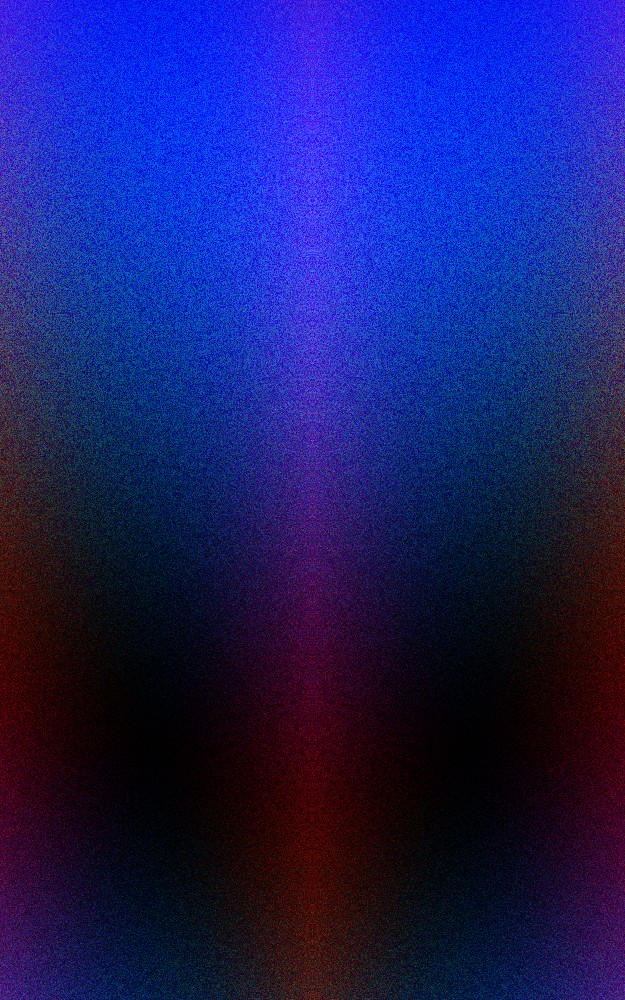


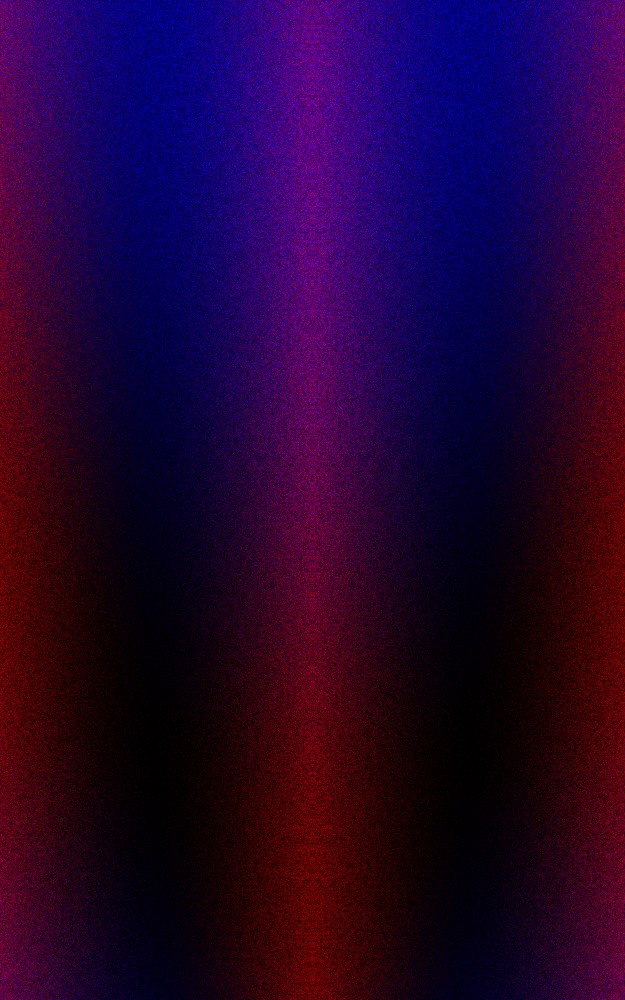



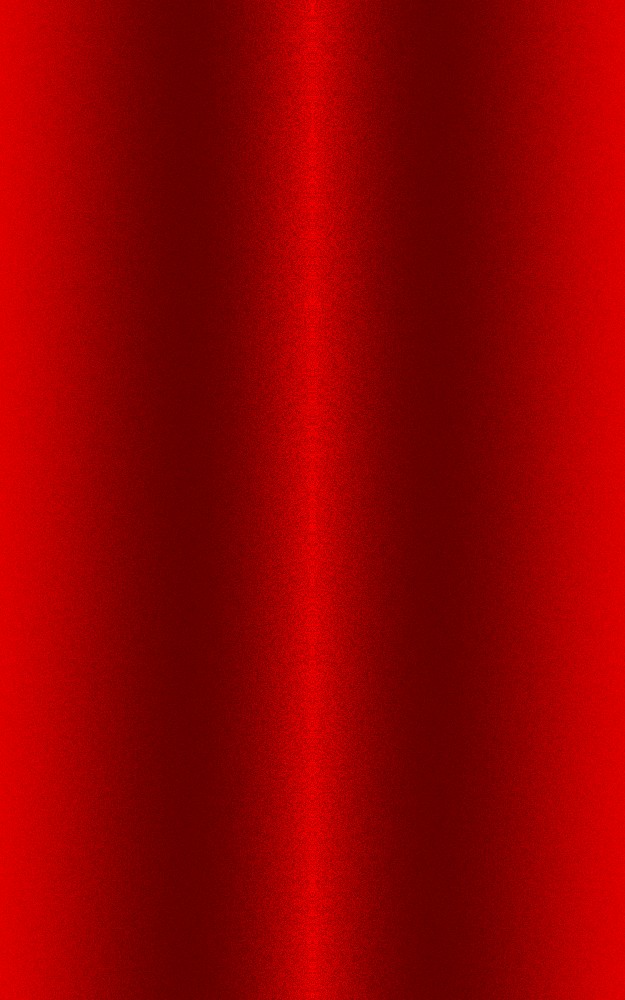



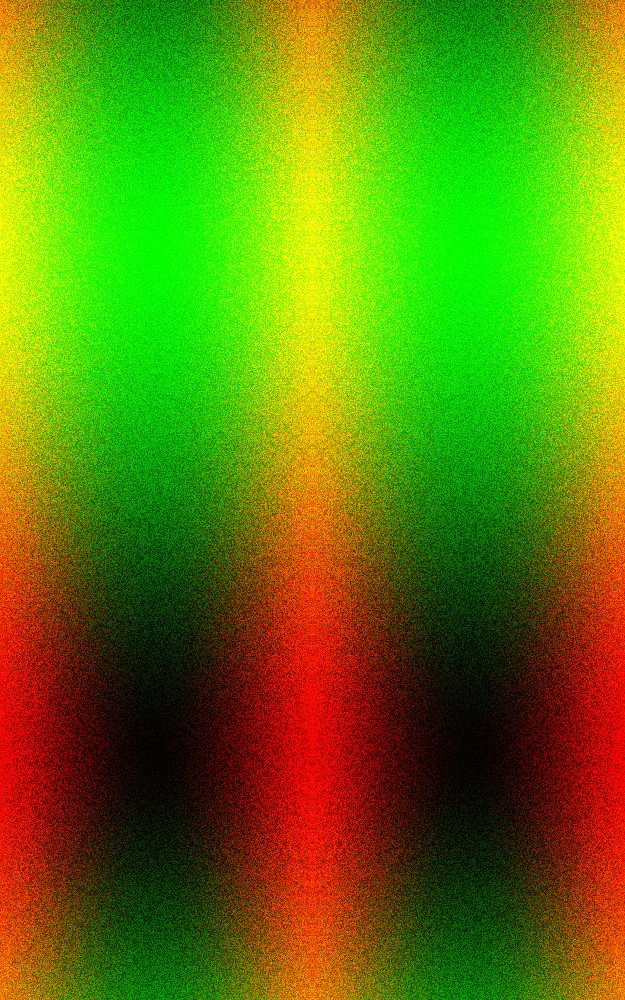
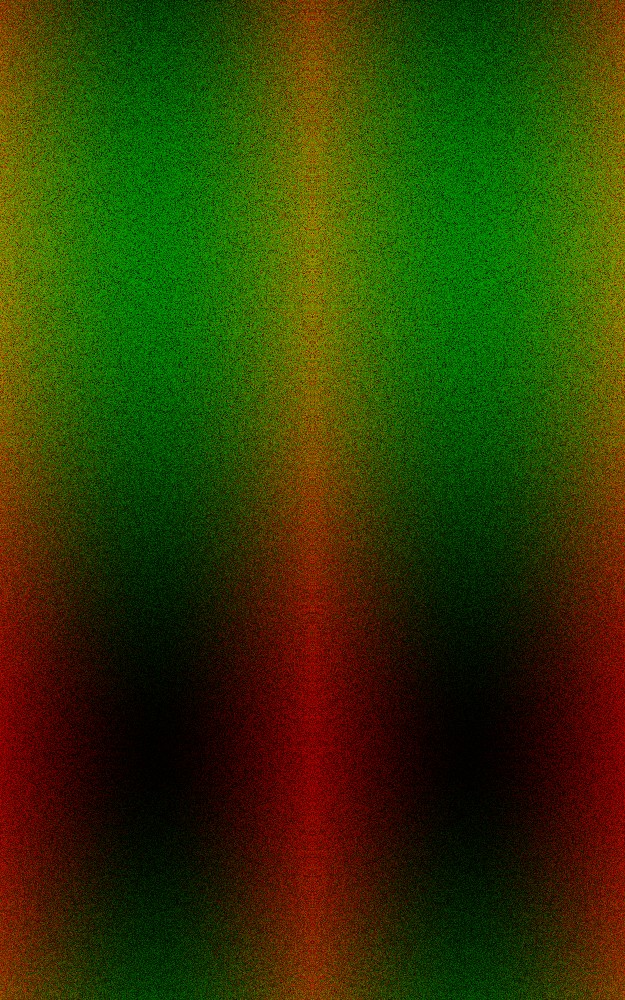


The Politics of Numbers explores the intersection between abstract digital art and the geopolitical implications of quantum technologies. The work visualizes quantum processes, with patterns evoking wave function structures, portraying the hidden layers of reality shaped by randomness. At the core of these abstractions lies the role of quantum random numbers—fundamental to encryption, security, and the global race for quantum supremacy. What is the relationship between abstraction and political influence, historically rooted in the Abstract Expressionism movement, and the present-day strategic use of randomness in the emerging technological cold war, where the mastery of randomness becomes a tool of power?
Light —
Light has always been the most important aspect for our existence. It was a starting force, provider of heat and energy. Our perspective on it moved from the godly adoration and mysticism to the physical understanding of the chain of reaction that started life on this planet. Today, light is becoming omnipresent in cutting-edge technologies. From the optical cables transferring data to physics experiments using quantum optics to develop novel materials, or quantum computers based on light.
How the paintings are created —
The physical device, through an elaborate set of lenses, mirrors and crystals, creates a pair of entangled photons. These entangled photons generate true random numbers. These numbers are used to determine the position, colour and the hue in the colour gradient, thus making a true and unique representation of this phenomenon.
Light —
Light has always been the most important aspect for our existence. It was a starting force, provider of heat and energy. Our perspective on it moved from the godly adoration and mysticism to the physical understanding of the chain of reaction that started life on this planet. Today, light is becoming omnipresent in cutting-edge technologies. From the optical cables transferring data to physics experiments using quantum optics to develop novel materials, or quantum computers based on light.
How the paintings are created —
The physical device, through an elaborate set of lenses, mirrors and crystals, creates a pair of entangled photons. These entangled photons generate true random numbers. These numbers are used to determine the position, colour and the hue in the colour gradient, thus making a true and unique representation of this phenomenon.
PoN 497722085467103875683![]()

︎︎︎
The title of each painting is composed of prefix PoN and a sequence of unique numbers generated by a quantum entanglement device.
︎︎︎
The digits of that number determine the position, colour and hue in the colour gradient based on the Wave function.
The title of each painting is composed of prefix PoN and a sequence of unique numbers generated by a quantum entanglement device.
︎︎︎
The digits of that number determine the position, colour and hue in the colour gradient based on the Wave function.
Light installations
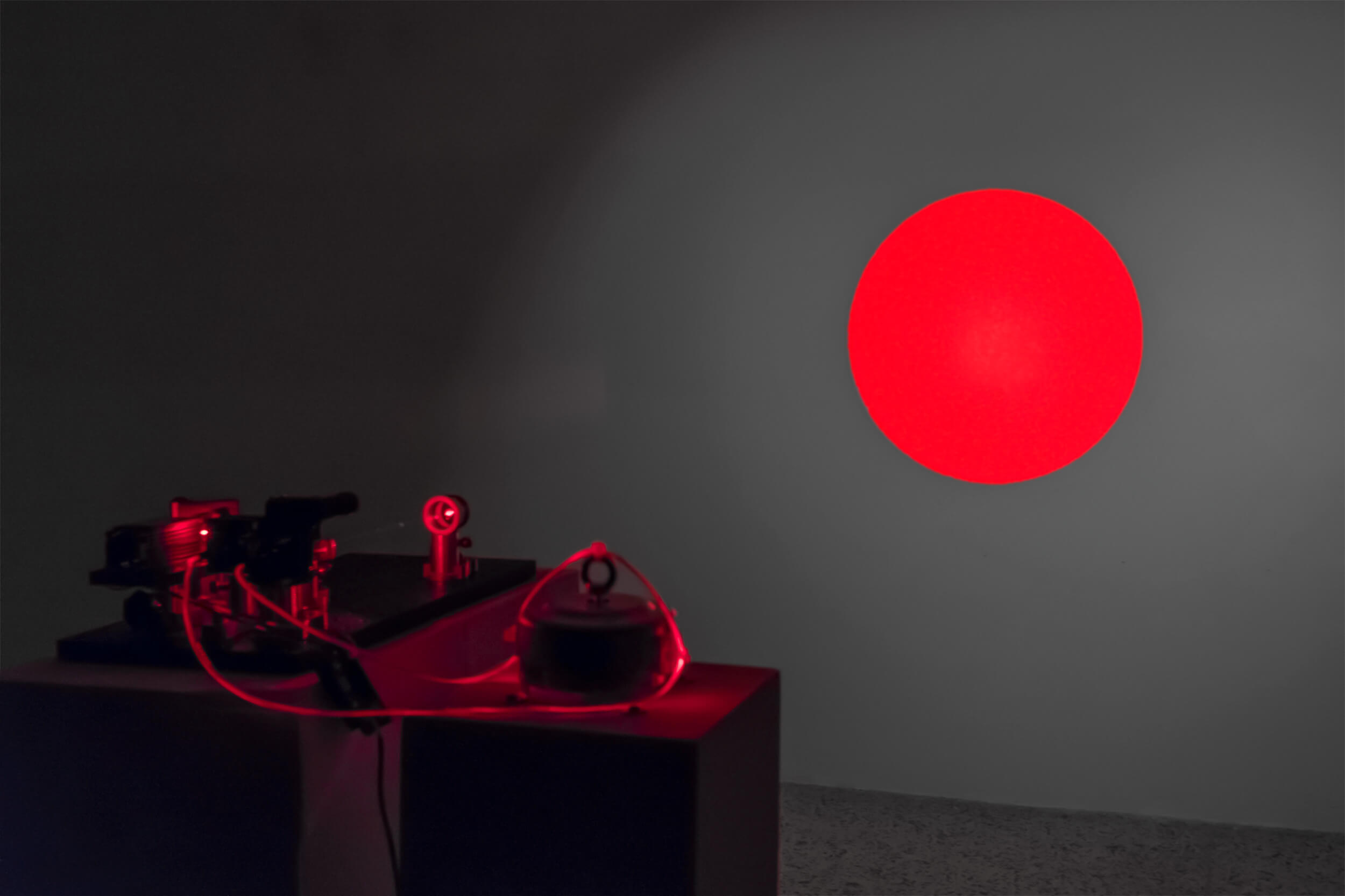
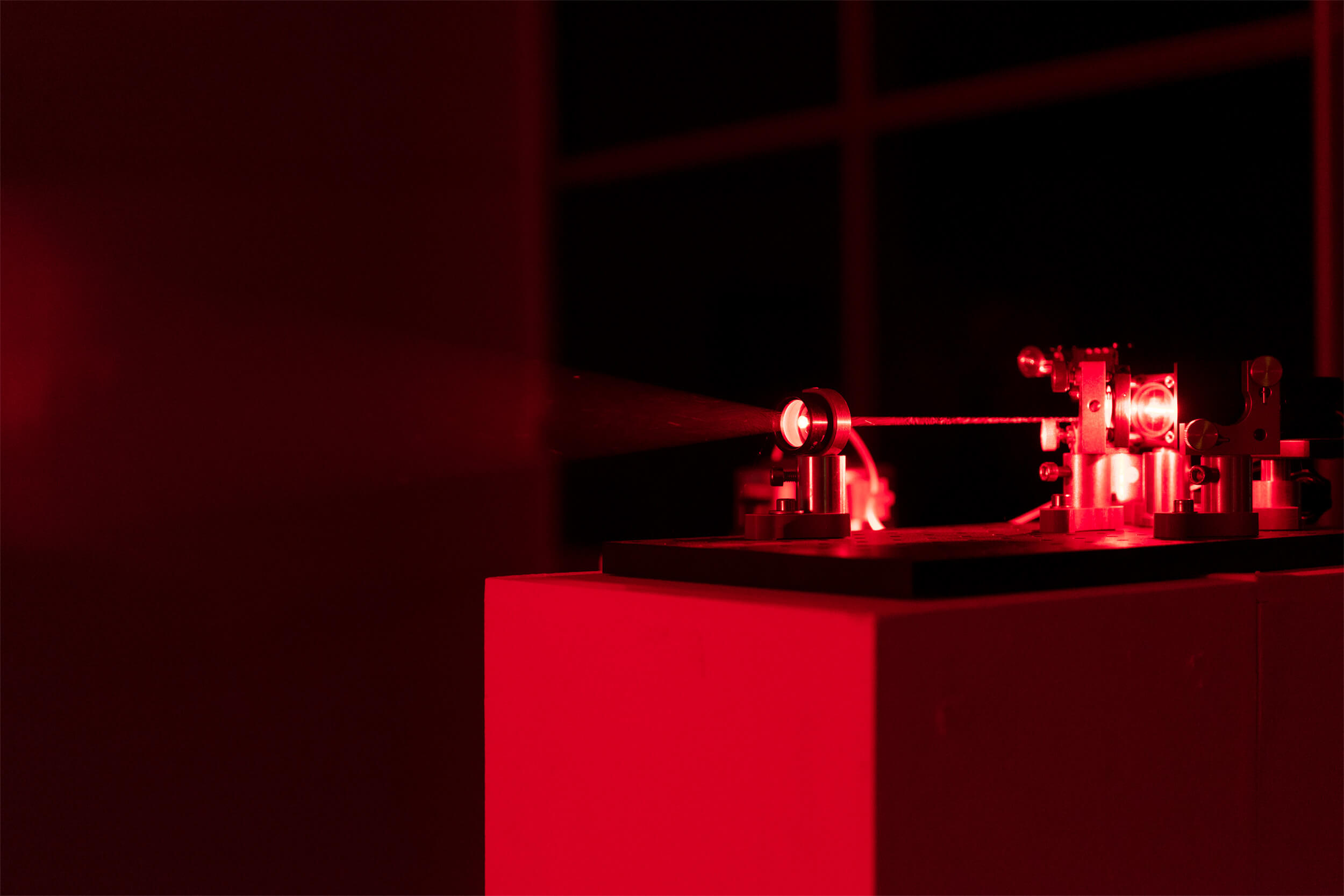
Exceptional point —
Exceptional point is a light installation based on quantum optics. It questions the properties of reality. An Exceptional point is the point in which the system begins to manifest properties that haven’t been there until recently. It is a transition from a characteristic, base state to an exotic state, a crossing into up to now unknown, sensitive balance between phases, characteristics that did not exist, but subsequently appeared.
Questions of the appearance and the characteristics of the system are increasingly important, and are part of our everyday life - constant fluctuations without a stable form, sudden changes without a fixed state. At the moment when formal properties are lost and replaced on demand, what stays characteristic? What is authentic, when what we see is no longer what it is?
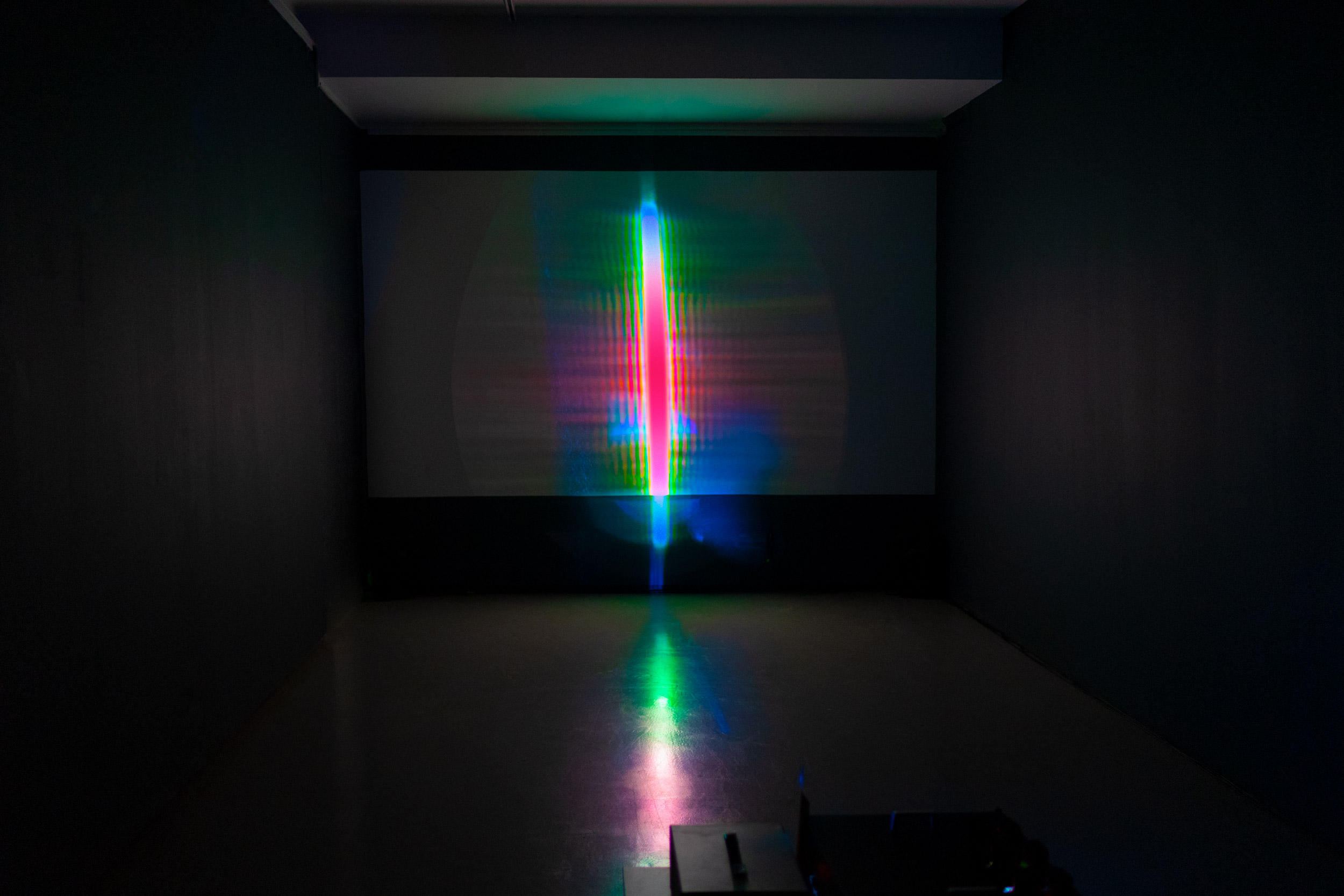
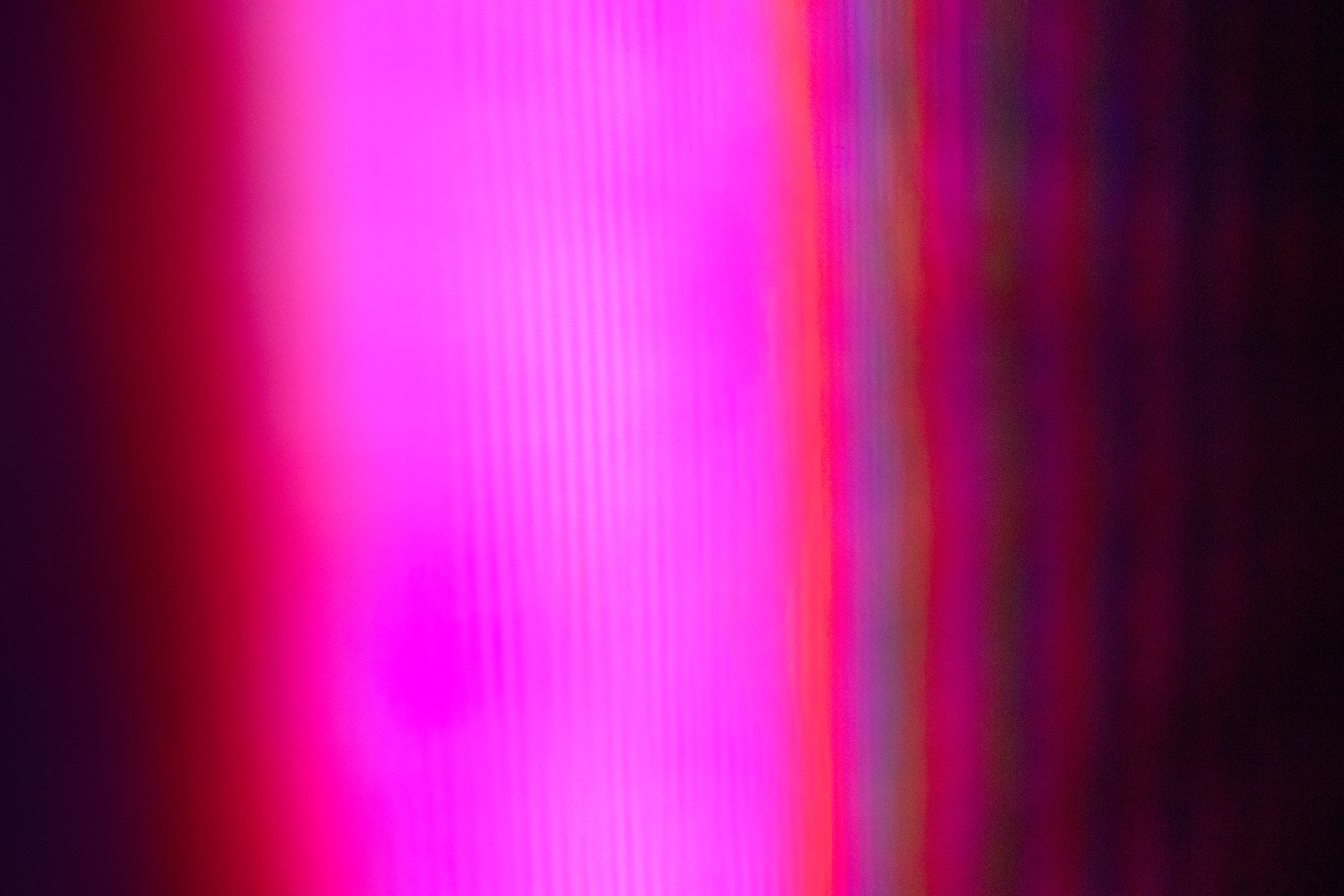
The Collapse —
“The Collapse” is a part of the “The Limit of Representation” exhibition project, aiming to make visible parts of reality that are beyond human experience. The project started in 2019, in collaboration with Max Planck Institute for Quantum Optics, in Garching, Germany. In collaboration with Dr. Neven Šantić the scientist from MPI, the artist developed a light installation based on the double slit experiment. The output of the experiment is usually of a small scale, but for installation purposes it has been scaled up to the limits of what is physically possible, thus projecting it in a much larger format.
“The Collapse” is a part of the “The Limit of Representation” exhibition project, aiming to make visible parts of reality that are beyond human experience. The project started in 2019, in collaboration with Max Planck Institute for Quantum Optics, in Garching, Germany. In collaboration with Dr. Neven Šantić the scientist from MPI, the artist developed a light installation based on the double slit experiment. The output of the experiment is usually of a small scale, but for installation purposes it has been scaled up to the limits of what is physically possible, thus projecting it in a much larger format.
The double slit experiment demonstrates the wave function collapse. If a photon passes through the two slits undisturbed it will behave as a wave and form an interference pattern. If we measure through which of the two slits it passes it behaves as a particle, implying that our reality is undetermined until it is observed. The result of the experiment depends on the observer. It is meant to connect the quantum scale to the human scale, bringing us closer to the parts of reality that we can’t normally observe.
This image is from the Centre for Advanced Laser Techniques (CALT) at the Institute of Physics in Zagreb, Croatia.